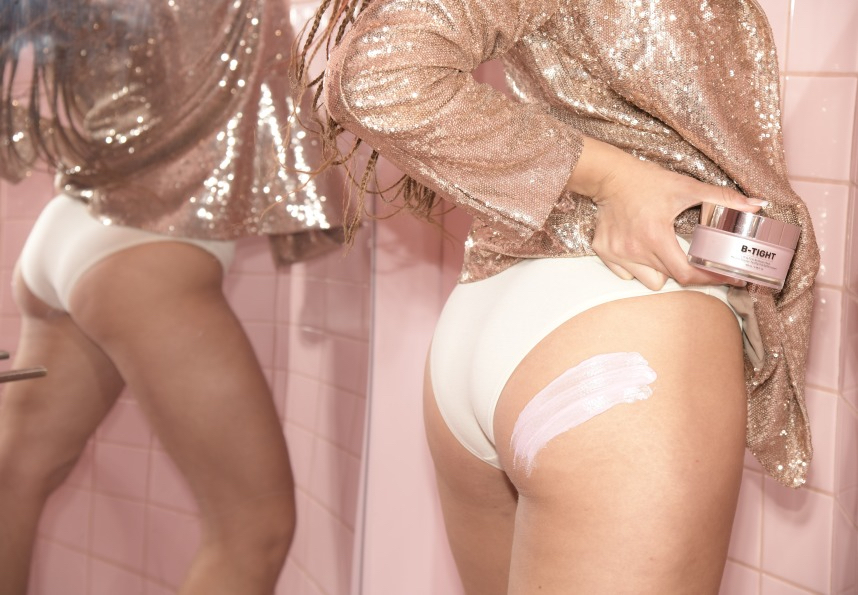
Norwest’s Sonya Brown On How Problem-Solution Brands Solve Problems Facing Beauty Businesses Today
Sonya Brown, co-head of the growth equity team at investment firm Norwest Venture Partners, has been a prominent beauty industry backer for two decades. As a VP at private equity firm Summit Partners in 2003, Physicians Formula was the first beauty investment she was involved in. The mass-market cosmetics company, now owned by Markwins Beauty Brands, went public in 2007.
At Norwest, where she’s going into her 13th year, Brown led the investment in professional skincare brand PCA Skin, which sold to Colgate-Palmolive in 2017. Her current investments include body care brand Maëlys, skincare brand Face Reality, supplement brand MTN OPS and Amazon brand aggregator Forum Brands.
Beauty Independent talked to Brown about the importance of problem-solution products in today’s environment, when she thinks investors will ramp up their focus on mass-market brands, med-spas’ momentum, aggregators, incubators, the merging of beauty and wellness, and her confidence that the categories will weather economic uncertainty.
M&A activity in beauty appears to remain focused on prestige brands. Do you think there will be mass market-related activity given economic conditions?
As an investor, we always look for big markets, and the mass market is a large market. When I first went into Physicians Formula, people were concerned that the mass market has really been run by the big guys like L’Oréal and P&G. They had shelf space and a lot of power. That has started to change, but it was like that for a long time in the mass market, where it was much more difficult for indie brands.
On the flip side, you had Sephora who couldn’t get the big brands because the big brands had space in department stores who said, if you go into Sephora, we will drop you. So, Sephora had to open its doors to indie brands and support them. DTC then opened it wide up because someone could build a brand and have more weight when they walk into Sephora or Target.
What we have seen now is that the mass market is moving up in price point. I was at Target buying nail glue the other day, and the only one I could buy was Olive & June’s for $6.99. I was like, are you kidding me? This should be $1. In a recession, the mass market is interesting because you see people trade down, and you also see a lot of high-low buying that has happened in the fashion space and is translating to beauty.
In wellness, people think about wellness in mass because they think about pharmacy, where pharmaceuticals and over-the-counter products can be expensive. There’s an interesting dynamic right now because of some of the intimate care brands in the mass market. We are not invested in any of them, but intimate care is having a moment and all of the retailers, including mass, are participating. You can’t ignore the mass market, although I would say that from an investment perspective, we haven’t seen as much M&A activity out of the mass market.
So, you don’t envision investors’ focus shifting to the mass market?
I think there is potential in the next five years. The strategics are definitely concerned with gross margin. It’s such an important number that entrepreneurs need to know. There’s been a lot of selling direct-to-consumer and trying to find the sweet spot on price point in some ways at the expense of gross margin. I think one limit for some of these brands if they may have 50% gross margin and maybe they think that’s good, but some of the beauty brands in mass from big companies have 75% gross margin.
So, the big companies are going to be questioning whether or not they can make an impact on gross margin and whether it’s a big enough dollar impact to their business long term. If I could find a mass 75% gross margin business, I would consider that. I’ve looked at some great mass brands, but have been hesitant because the gross margins haven’t been high enough.
Price points moving up in the mass market may create an opportunity, where some of the brands at prestige price points are selling through Target. How does a strategic like P&G feel about that? I think they may feel better about that than the lower price point options.
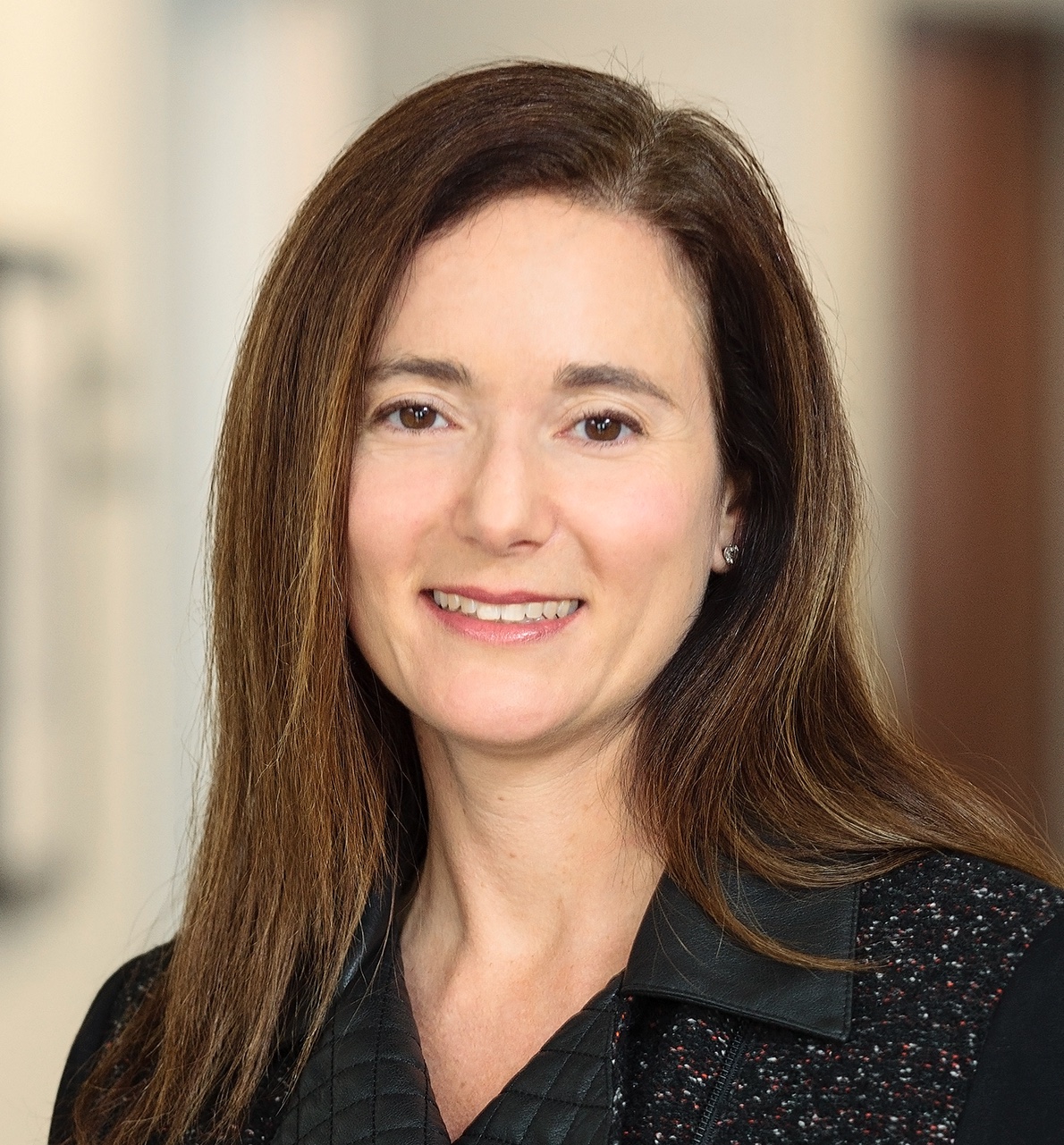
How are beauty and wellness merging?
One way is ingestibles. Face Reality is a skincare brand in the acne space, and they’ve got two ingestibles in their product development pipeline. People have tried in the past with ingestibles, but ideas are sometimes before their time. I think the time is really here, and I think you will see more of these ingestibles merging wellness and beauty. The consumer is more educated now about the biome, their gut, the impacts of collagen and what needs to be ingested versus put on topically. So, I think that will expand over the next five years.
And there are other areas of ingestibles like probiotics and fish oils that we think will have an impact. Also, there’s the area of hair loss or growth, where beauty and wellness come together in terms of how people feel and want to show themselves to the world with their hair. Nutrafol has had a great growth trajectory and exit. That’s an area where there’s more focus. We are not current investors in the hair growth space, but we have looked at some others in it.
There’s also the destigmatizing that’s happening with sexual wellness. That’s an area where there has been a lot of new entrants. I’m a little nervous that it is getting too crowded. It feels a bit like a gold rush that everyone is jumping in on. Who makes it and what the strategics will think about it at one point is a bit of an unknown.
What are you really zeroing in on in the market?
We are really focused on problem-solutions. I already mentioned acne. There’s a lot of adult acne, and people don’t know how to deal with it. There was a swing to natural and clean for a long time, and that group and generation are a bit older now. They are aging and dealing with adult acne and melasma, maybe they had a baby and their skin changed. The mentality of, I have a problem and need something that works, especially in a recessionary period, is a theme we are thinking about.
If you have a customer that has a problem, whether it’s acne, skin coloration or another issue, they are more likely to search for an answer to it versus buying from being served up an ad on Instagram. Then, if they find a solution, they are probably going to tell their friends about it, and there’s a virality that comes from that. You can grow more quickly and profitably with that type of business in today’s market. We are actively looking for companies like Face Reality where you are solving a problem and customers are looking for you rather than having to find them and pull them in.
I should have invested in gummy vitamins. I had a chance to 15 years ago, but now we are thinking about the next form factor. We have seen a couple of companies focused on low sugar. With the gummy format, but there are fillers and other issues. There are interesting companies trying to solve for those issues, and we have been looking further into the supplement space as far as what’s next after gummies.
We are also thinking about sustainability from a packaging and product standpoint and trying to bring that into the mix, too. There are all sorts of bars you can buy now like shampoo, conditioner and soap. How does that form factor start to translate? Is there a brand that owns that or does every brand have to move to that type of form factor long term for sustainability reasons? That’s an area of personal care we are digging into.
What’s your take on the body care segment, which has seen a lot of elevated formulas lately?
Even Gold Bond has a retinol wash now. When I saw that, I was like, wow! You have to have more product when you are dealing with the body rather than the face, and we are giving you a pretty good jar with Maëlys. We have really high-quality products and high gross margins at the brand, which finished last year over $100 million in revenue.
I think the education on doing more skincare steps for the face has been a really pivotal part of people understanding that, oh, maybe I should be using an oil or serum on my legs, stomach or chest. That has brought brands to the point where customers are not only trying, but they are building body care into their routines. The repeat is high.
What growth expectations do you have for brands today?
We have the venture side at Norwest and the growth equity side where I sit. The difference is profitability. So, companies that are at the earlier stage pre-profitability are on the venture side. We are all one fund, though.
Companies that have gotten to profitability might not be growing as fast, but they are still growing anywhere from 20% to 100% a year, and they might be adding channels. So, you don’t have to be growing 200%. We have great companies growing 20% to 40% a year in our portfolio and doing it in a profitable way, which is really important in this environment.
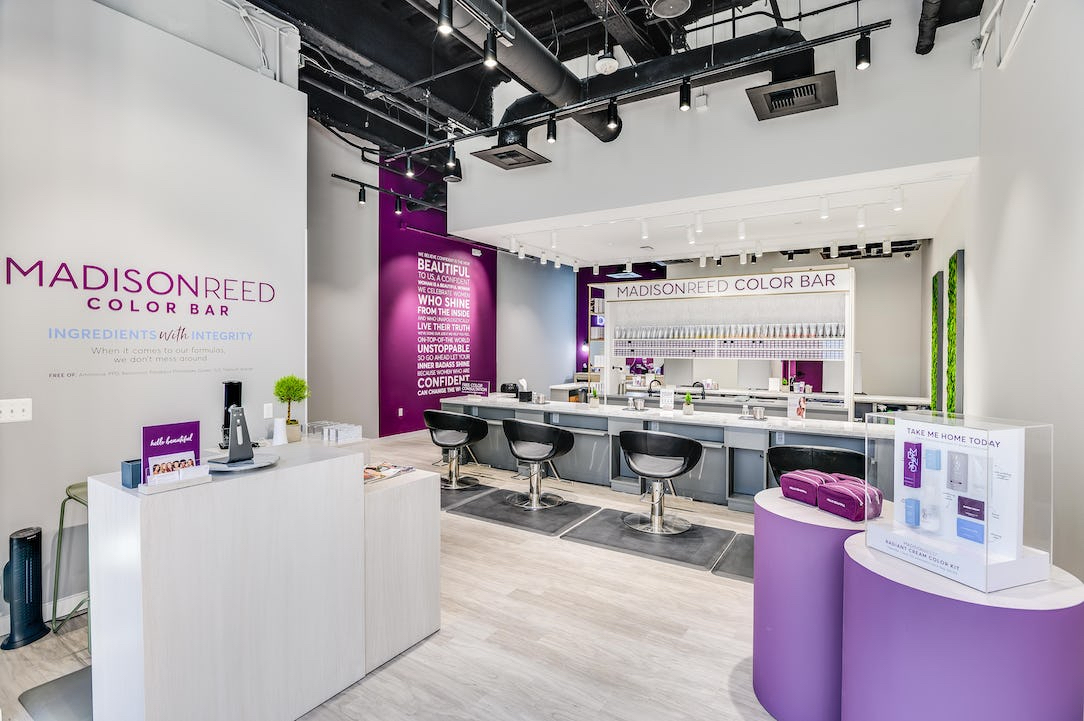
What are the opportunities for and drawbacks of beauty service providers?
I’m a board observer on Madison Reed. It’s one of our venture investments, and I’ve been helping out given my beauty and personal care background. They have found great success where they have their own physical locations plus being at Ulta and online, having a flywheel in those markets. If you look at Madison Reed in Dallas, for example, they are just humming with that omnichannel piece.
Obviously, customers are going back to locations now, and services are really doing well. We will continue to see consolidation of some of those that are less branded. Madison Reed is branded, so I wouldn’t put them in that category, but there are less branded med-spa companies out there, and my guess is you will see consolidation of those over time.
I think what’s driving the skin service side versus hair is that this next generation doesn’t love going into a doctor’s office. My mom probably would have gone to the dermatologist for something done with her skin and maybe getting some products, whereas this younger generation grew up with HMOs and not great healthcare experiences.
Some of these services that require medical oversight, but are for looks, they don’t want to be in medical setting for. We are seeing a big shift of younger folks entering this space for preventative purposes, and we are seeing the move from dermatologists’ and plastic surgeons’ offices to med-spas for better experiences.
Where do you think beauty and wellness consumers want to shop today?
I don’t see Amazon going away. It’s the convenience factor. I’m a mom of four kids. They ask me for something, and the first place I go is Amazon to see if I can just hit a button and not have to do anything else. We are investors in a company called Forum Brands that has acquired a number of Amazon brands, and one of their verticals is personal care. They have three brands in the sector. I’m a big believer in people searching on Amazon the way they have on Google for things out of convenience and hitting the buy button.
Buying through your med-spa or beauty service provider is convenient as well because you are there versus making another stop. PCA Skin was sold through aestheticians, and Face Reality is sold that way. They have direct-to-consumer, but 90% of their business is through aestheticians, and they are starting with med-spas. The convenience factor is underpinning these shopping trends. As a one-stop shop, Target is offering convenience, too.
Speaking of Forum Brands, what do you see going on with aggregators?
The ones that are doing it in a disciplined, profitable way will survive and do well. There were some that were moving super-fast, using tons of leverage and not profitable. It was more of a land grab. That’s where I think you are seeing the culling, but there’s something about being an Amazon expert, so I do think agencies or aggregators that really know Amazon will continue.
If you are running a brand day to day, keeping up with Amazon changes and trying to make sure you are spending the right amount to be in the rankings is difficult. There’s a lot of tactical stuff, but a brand should be focused on product development and marketing. For some of the experts that do Amazon really well, it makes sense for them to own brands to create value with their expertise, and there will be some stars. Just like you have a hit movie, you might have a hit brand come out of these and maybe they get sold off separately.
What about incubators?
Bain Capital invested in Maesa, which has grown very quickly. Prelude is an investor in The Center, and they have had success building brands. The question that is still outstanding for me is whether or not there’s M&A activity at the incubator holding company level or the M&A really happens at the brand level. I think it might be more the latter unless somebody becomes big enough to go public. There could be one that makes it to the public market and maybe one that then acquires smaller versions.
We’re exploring it partly because of the growth. For us, we have to underwrite a certain return. So, we are trying to think about the different scenarios. One scenario is, maybe you have two brands that really break out, and you sell those separately to L’Oréal. The rest of the business you recapitalize with another private equity firm, and then they have the same experience. They run it for a while, have two breakout brands and recapitalize it with another private equity firm. That might be the model.
Some of the issues are around valuation. You could say contract manufacturers should be in this business, but the valuation difference is the hurdle, the ability for a contract manufacturer to pay a valuation multiple that’s probably higher than the contract manufacturing multiple. If a contract manufacturer is worth 12 times EBITDA today and the incubator wants 15 times EBITDA today, will you really see an acquisition happen in that direction?
Some manufacturers have had success with a brand and sold it off. EltaMD, which was bought by Colgate, was started by a contract manufacturer. It was a brilliant strategy to launch a brand. They were doing a ton of sampling of their sunscreen because the marginal cost to them to do packets of sunscreen was like nothing because they already had the equipment and labor. Ultimately, the brands get sold off and the manufacturers reap the gain.
Revision came out of a contract manufacturer. Gryphon invested in it in 2021. I really like the Revision brand, and I put in an offer, but Gryphon put in an offer to buy both the manufacturer and the brand, and that was the winning strategy. I think they will end up separating them at some point and selling the brand and manufacturer separately.
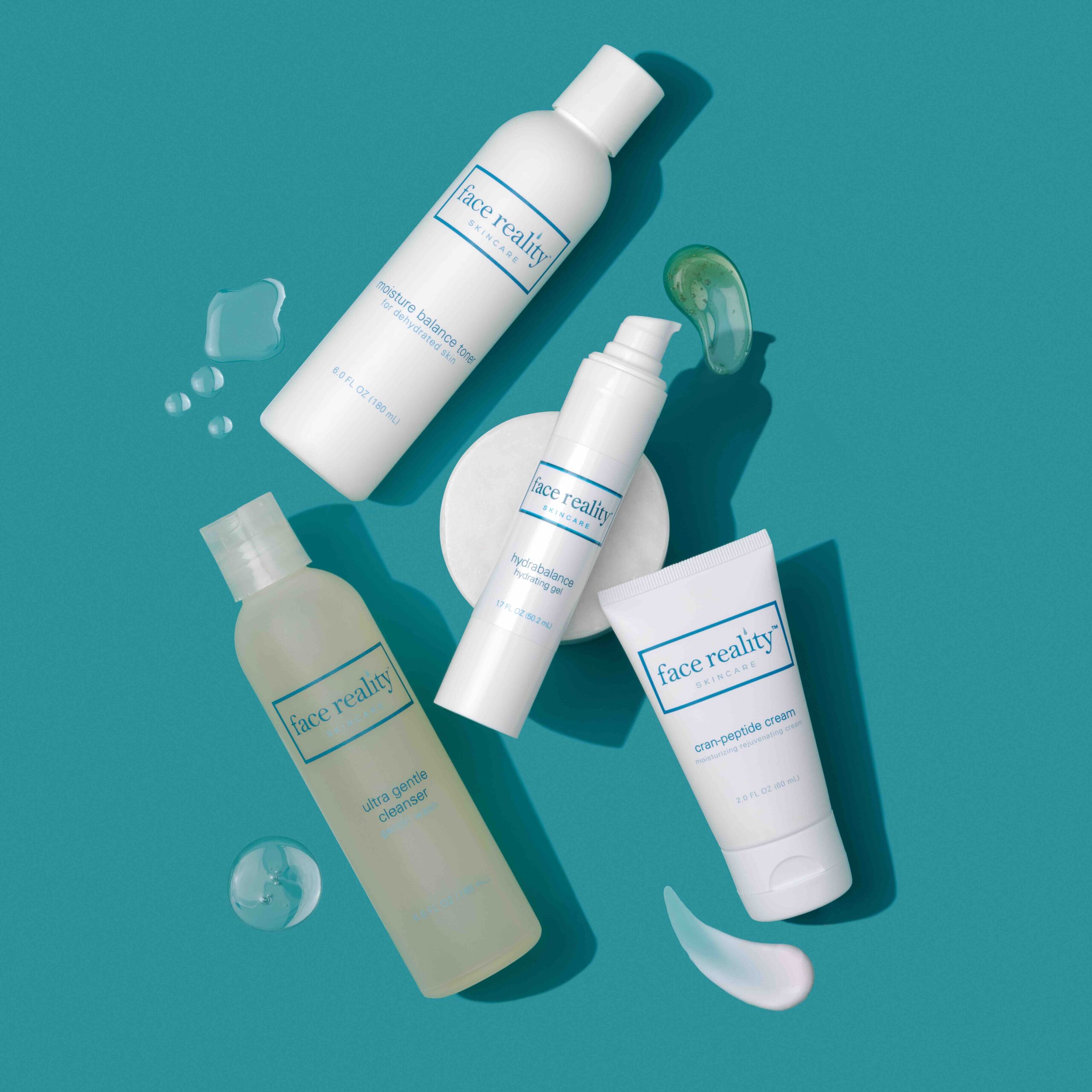
If you were an indie beauty entrepreneur getting into the market today, what would you focus on?
I’m always trying to figure out what’s next, and sometimes you don’t know until you see it. I was an early investor in color cosmetics, haircare and body care. Honestly, if I knew what’s next, I would do it myself at this point.
As I mentioned, I feel like any entrepreneur today should think about framing their business as problem-solution. That’s a lot easier with customer acquisition costs if you are going to be a direct-to-consumer brand. You have to be really thoughtful about how much money is going to acquire customers and how to minimize that. My thesis is the way to minimize that is to be a problem-solution brand.
What are you advising companies to do in the uncertain economy?
I’m definitely advising companies not to overextend themselves and be thoughtful about how much debt and employees to take on right now. The reality is that beauty has been fairly resilient in recessionary periods. There’s the lipstick effect that people talk about. It’s a lot cheaper to buy even a $20 lipstick than a $250 pair of shoes. So, beauty is a good place to be, especially wellness when people are thinking a lot about their health.
Now, there may be some people that trade down and maybe try a shampoo at Target because it’s half the price of the shampoo they had been buying and maybe they will trade back up later, but I think people are still going to care about beauty and wellness in this period. We just came out of such a difficult, unwell time that it’s staying a high priority for their spending habits versus apparel.

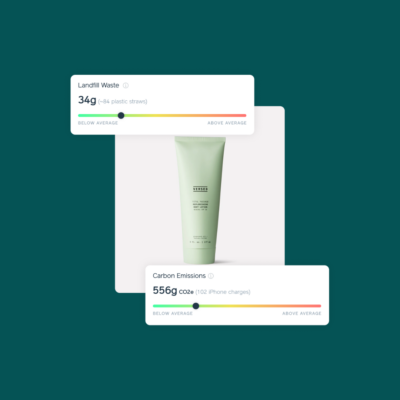
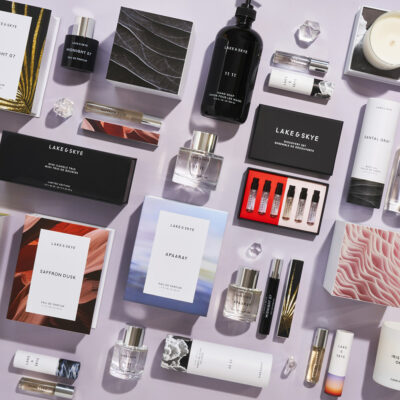
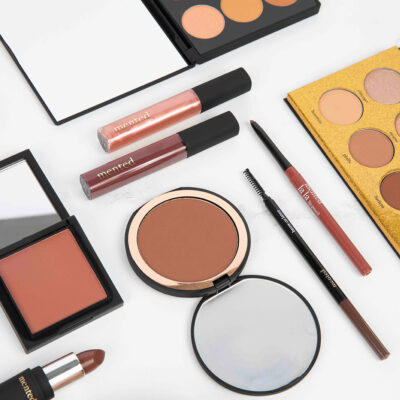
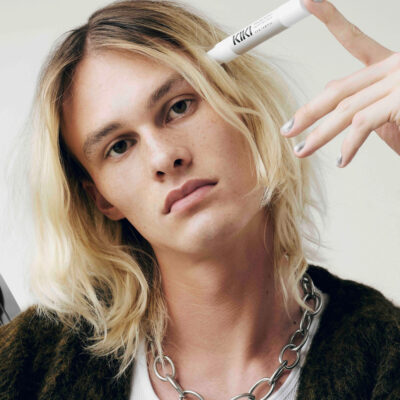
Leave a Reply
You must be logged in to post a comment.